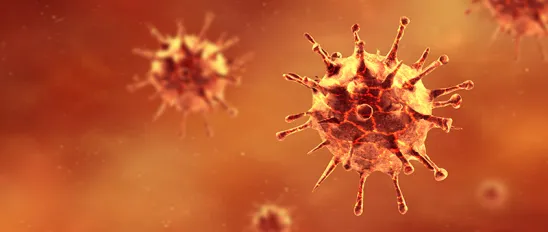Amid spikes on in the U.S, and Europe, Congress continues to ponder a relief bill, the White House released a plan to cover COVID-19 vaccine costs, and new data showed that chronic exposure to low-quality air increased COVID-19 mortality rates.
8+ Million Positive Cases in the U.S. and Counting
Nearly all states have either seen their highest seven-day average for new daily cases or a record high in daily cases this past week. With a 25% increase in new cases compared to the previous week, a recent report of hospitalization data shows nearly a quarter of hospitals in the U.S. are using more than 80% of their intensive care unit capacity. However, this report from the Department of Health and Human Services (HHS) noted that only 62% of the nation’s hospitals reported all the required information, so the stats could possibly be worse than reported. State employees have access to the daily hospitalization data of their own state, but given the nature of the pandemic, experts note states should have access to data from neighboring states, as a regional approach is key to curbing the pandemic.
Europe Lockdowns & Restrictions
On Thursday, France declared a lockdown amidst increasing cases, with a list of permitted activities and exceptions for essential workers. France has banned social gatherings and requires individuals to fill a form to justify leaving their homes, as was required in the initial March lockdown. Now students over the age of six must wear a mask, lowered from aged 11 and older. Italy has banned certain gatherings, weddings, funerals, and closed multiple types of establishments but has left bars and restaurants stay open to 5PM. Spain declared a new state of emergency on Sunday, October 25, with a curfew put in place from 11PM to 6AM. Czech Republic, experiencing the worst infection rate in the continent, has imposed a partial lockdown. Ireland imposed a six-week lockdown earlier this month. England has a tiered approach with more than half of the country living under Tier 2 and 3 restrictions which include closure of eateries and restrictions of socialization.
Congress Continues to Ponder COVID-19 Relief Legislation
After months of failed negotiations between House Speaker Nancy Pelosi (D-CA) and Treasury Secretary Steven Mnuchin have led to a stalemate in Congress as Americans and states await additional financial relief from Washington. Leading into Election Day, prospects of a compromise have remained low, however, this week, Speaker Pelosi indicated negotiations were still underway. Further, a group of House Republicans plan to introduce a $47 billion relief package today. Of the $47 billion, $31 billion would go to vaccines, therapeutics, diagnostics, surge capacity and telehealth. The remaining $16 billion would go to additional testing and tracing. The legislation will be introduced by Rep. Richard Hudson (R-NC). The original cosponsors will be House Minority Leader Kevin McCarthy (R-CA), Rep. Kevin Brady (R-TX), Rep. Greg Walden (R-OR) and Rep. Kay Granger (R-TX).
Administration Releases Plans to Cover COVID-19 Vaccines Costs
This week, the Trump administration released a plan, including an interim final rule for the Medicare program, aimed to ensure no-cost coverage of an eventual COVID-19 vaccine for all Americans. The plan includes policies and resources related to Medicare, Medicaid, uninsured patients, and employer-sponsored and other private health plans.
Poor Air Quality Contributes to Mortality From COVID-19
Based on epidemiological data from the U.S. and China, combined with satellite data on air pollution around the world, researchers estimated that up to a third of deaths from COVID-19 globally are attributable to chronic exposure to poor-quality air. Dust particles and other pollutants damage the lung lining and underlying tissues, making them more susceptible to harmful agents. Moreover, a body’s defensive response to chronic lung damage may include upregulation of enzyme ACE-2 — the same enzyme, unfortunately, that SARS-CoV-2 uses to gain entry to cells. In addition, particulate-matter air pollution has long been established to contribute to cardiovascular problems (see studies here, here, here, here and here), which in turn have been shown to correlate with mortality from COVID-19. Moreover, the presence of particulate-matter in the air increases the longevity, transmissivity and pathogenicity of SARS-CoV-2 . All of these factors add up and exacerbate the severity of COVID-19 in areas with poor air quality. Common sources of air pollution include industrial and car exhausts and wildfires, as well as “natural” dust due to soil erosion and sand- and dust-storms.







 />i
/>i

